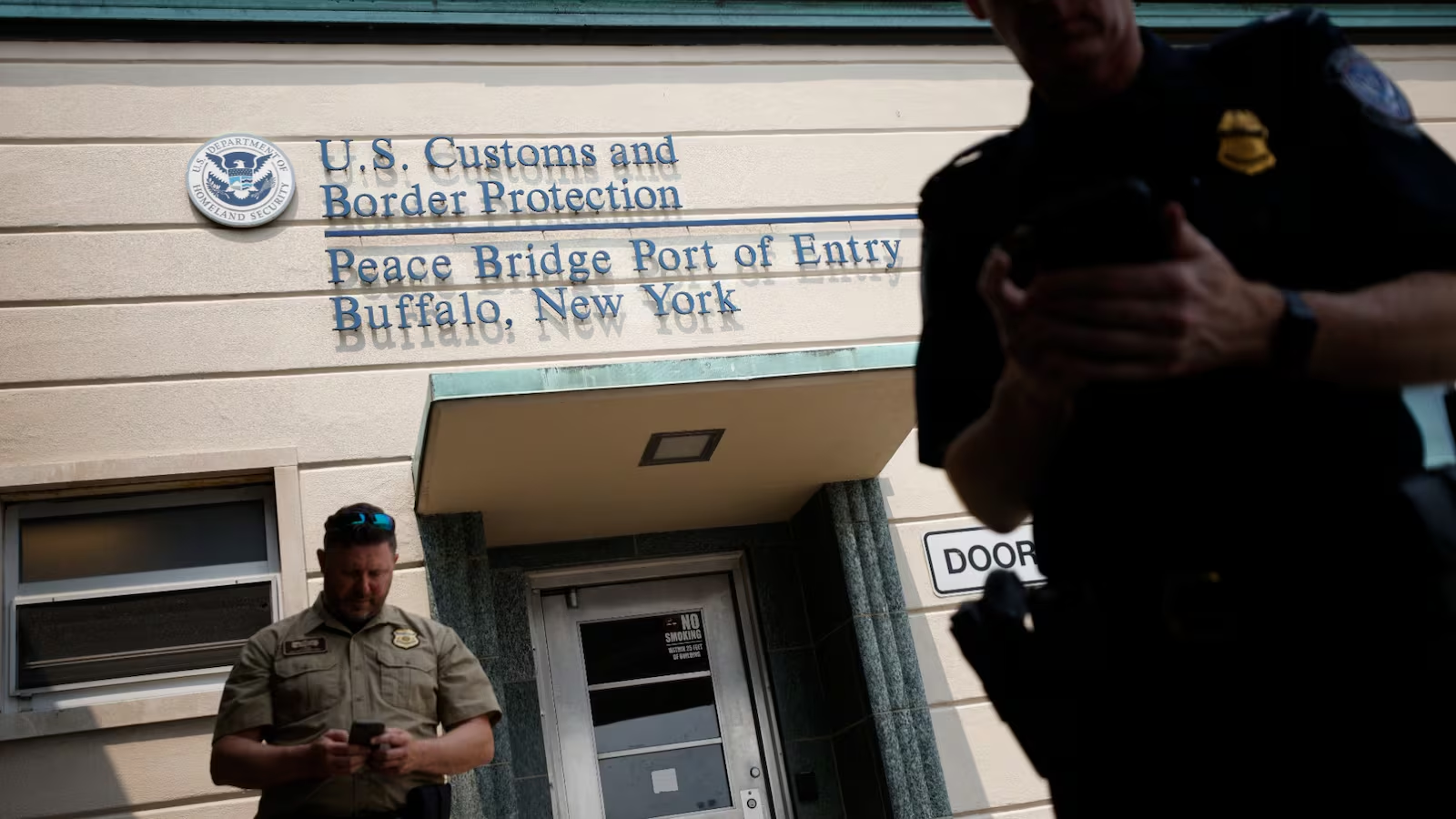WASHINGTON / TORONTO — Canadian snowbirds heading south for the winter are now subject to fingerprinting and new registration requirements when crossing into the United States for stays longer than 30 days, according to U.S. Customs and Border Protection (CBP).
The policy, quietly implemented last April under President Donald Trump’s executive order, “Protecting the American People Against Invasion,” mandates that anyone over the age of 14 who plans to stay in the U.S. for more than a month must complete Form G-325R, which includes biometric data collection such as fingerprints.
The measure, CBP says, complies with existing alien registration laws and is part of the Trump administration’s broader effort to “enhance the safety and security of the United States.” However, those visiting for less than 30 days or travelling under NEXUS clearance are exempt.
Once registered, visitors must carry their documentation at all times, as required by U.S. Citizenship and Immigration Services (USCIS).
Despite the policy’s rollout, enforcement has been uneven. Members of the Canadian Snowbird Association (CSA) have reported widely inconsistent experiences at land border crossings — with some required to complete paperwork and pay a US$30 processing fee, while others are waved through with little questioning.
“The application of this process appears to vary depending on the individual border officer and location,” the CSA said in a statement, advising travellers to confirm requirements with USCIS if they have not received an I-94 arrival/departure record.
Some travellers, such as Brian Asher of Windsor, Ontario, said they crossed into Florida last week without being asked for fingerprints or extra documentation. Others, including Theresa Laturnus, reported additional screening, such as eye scans at U.S. ports of entry.
Immigration consultant Al Parsai of Queen’s University called the inconsistent rollout “predictable,” noting that “officers have discretion and training timelines vary.” He urged Canadians visiting for extended stays to expect possible biometric checks and to “be prepared, patient, and polite.”
While the Department of Homeland Security says the rule strengthens border security, critics argue that inconsistent enforcement leaves travellers confused and vulnerable to unexpected fees or delays.
With hundreds of thousands of Canadians preparing for their annual winter migration south, border experts say clarity and consistency will be key as the U.S. tightens its biometric screening policies under Trump’s second term.


